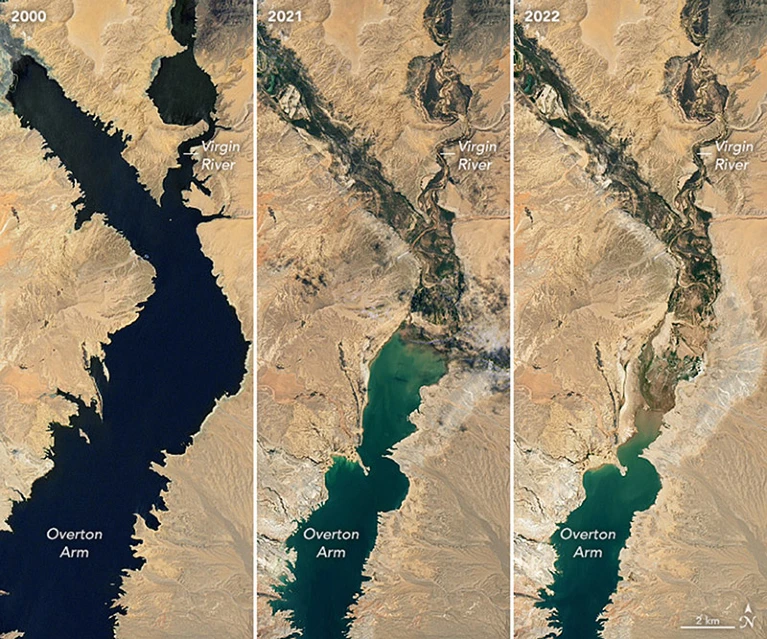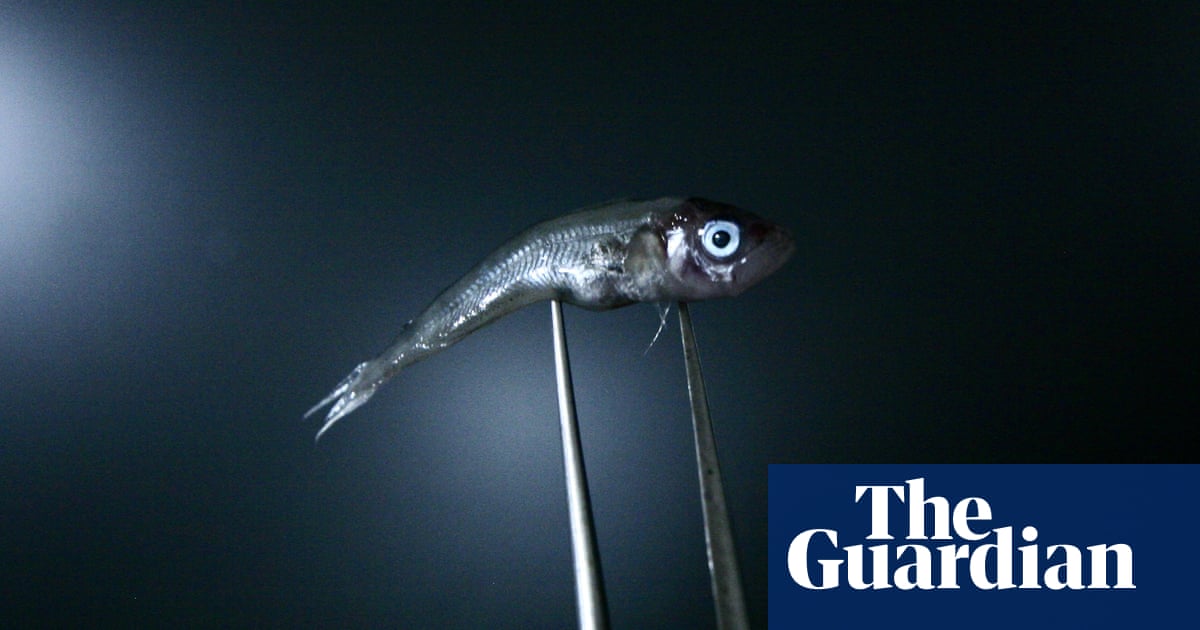Zardnaar
Deity
There is never too much booze, it is just not a thing.
They had imported wine here at $3 usd a bottle.
There is never too much booze, it is just not a thing.
Is that supposed to be bad in some way?They had imported wine here at $3 usd a bottle.
Is that supposed to be bad in some way?
Spoiler :I am kind of joking, in that more booze is always individually better. It is of course not, and the economic effects are worth considering and this is not actually the most serious global warming issue that we are facing.
Too much of supply can lower prices so producers and bottlers complain.


Unfortunately it is different people who pay in the two scenarios.The really depressing part is that it would actually cost less to tackle carbon emissions than it cost to repair the damage.












Too little, too late: the desperate search for cod babies
Historically, it was overfishing that hurt the much-prized fish – but now rising ocean temperatures are inhibiting the fish’s ability to produce codlings at all
/cloudfront-us-east-2.images.arcpublishing.com/reuters/2TCBXIDOLZKKHH2S5AM6BQ66EY.jpg)
